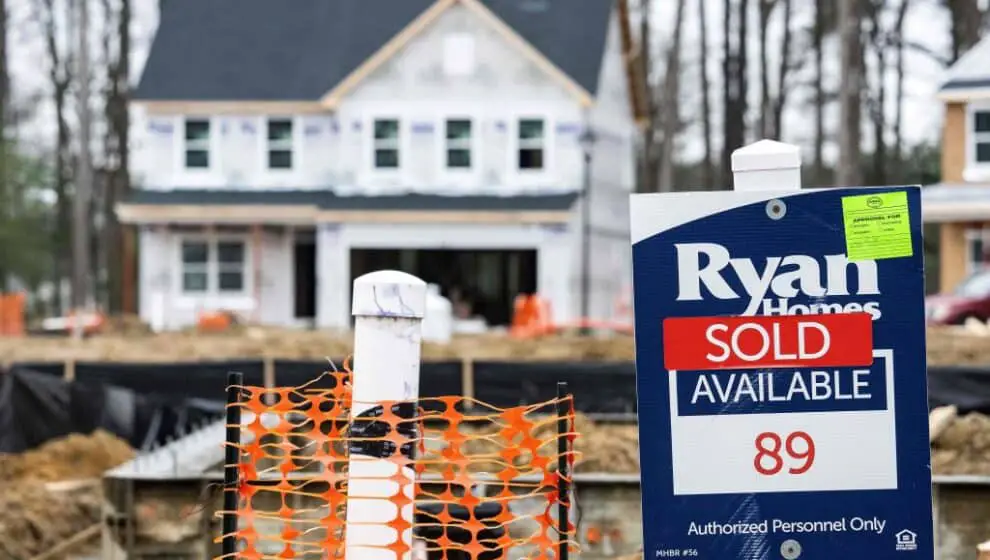Potential homebuyers are struggling to find homes within their budget due to rising mortgage rates, but a slower market could mean a solution.
Key Details
- Mortgage rate buydowns are one of the new incentives sellers are using to move a home more quickly on the market.
- A buydown is appealing to potential buyers as it gives them a chance to have a lower interest rate during the first one to three years.
- Buyers taking advantage of these incentives will have to pay the full contract rate eventually, but some are gambling that they can refinance if interest rates go down.
Why it’s news
The housing market is turning in buyers’ favor after several years firmly favoring sellers. Shortly after the pandemic, bidding wars resulted in homes selling for thousands above the asking price—now sellers are scrambling to find buyer incentives.
Markets that were highly successful during the pandemic are feeling the effects more strongly than in other areas. Phoenix and Las Vegas, for example, saw growth during the pandemic. Now, the housing market is slowing dramatically.
During the final three months of 2022, real estate company Redfin found that many sellers incentivized their buyers to close a deal. Nearly 42% of homes sold at the end of 2022 included buyer incentives such as price reductions, covering closing costs, and warranties on appliances. That marks an increase from 30% in the third quarter of 2022.
For homebuyers looking to offset the increased mortgage rate costs, these incentives were motivators to buy. Experts expect that this trend of incentives will continue into 2023. Sellers of both existing and new build homes offered incentives to buyers.
Surprising statistics
Some areas saw more buyer incentives than others. Here are the percentages of home sales with concessions at the end of 2022. . .
- San Diego: 73%
- Phoenix: 63%
- Portland: 62%
- Las Vegas: 61%
- Denver: 58%
Not every city is experiencing the same increase in buyer incentives. New York has the fewest, with only 13% of sales containing concessions, San Jose had 14%, Boston 18%, Philadelphia 22%, and Austin, Texas, 33%.
